Do physicists detect a new class of neutrinos from the sun?
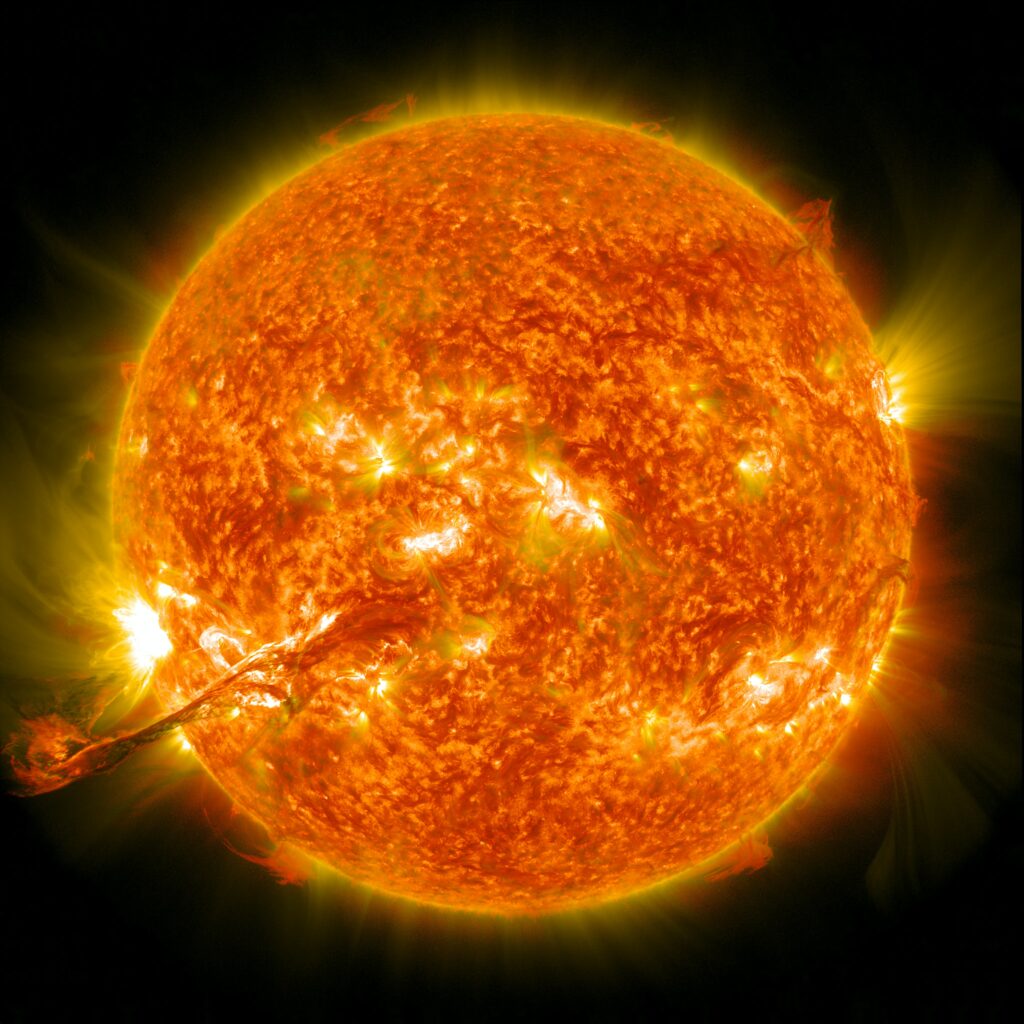
Neutrinos sculpted by the main processes that power the sun are finally accounted for, physicists report; Two sets of nuclear fusion reactions predominate in the sun’s core, and both produce lightweight subatomic particles in abundance. Scientists had previously detected neutrinos from the more frequent process, now, for the first time, neutrinos from the second set of reactions have been detected, the experiment researchers said.
In the sun’s core, hydrogen is fused into helium in two ways. One, known as the proton-proton chain, is the source of about 99 percent of the star’s energy. The other group of fusion reactions is the CNO cycle, for carbon, nitrogen and oxygen, elements that allow the reactions to occur.
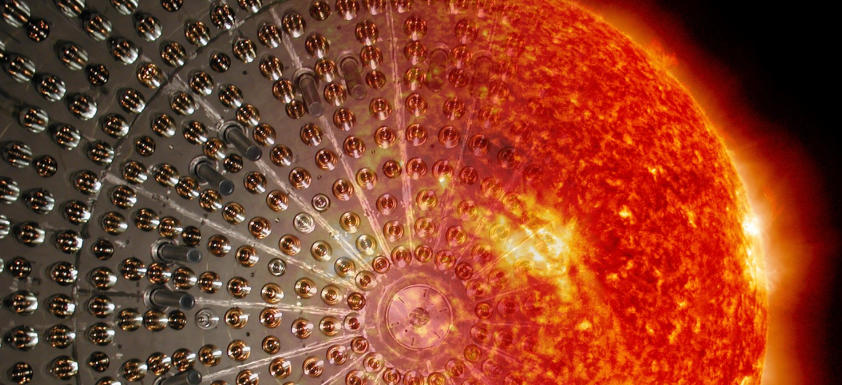
Located deep within the Gran Sasso National Laboratory in Italy, physicists are looking for flashes of light produced when neutrinos strike electrons in a large vat of liquid. Researchers have spent years fine-tuning the experiment to detect the elusive neutrinos that herald the CNO cycle, although difficult to observe, the particles are abundant. On Earth, about 700 million neutrinos from the sun’s CNO cycle pass through a square centimeter every second, the researchers report.
Studying these particles could help reveal how much of the sun is made up of elements heavier than hydrogen and helium, a property known as metallicity. This is because the rate at which CNO cycle neutrinos are produced depends on the carbon, nitrogen and oxygen content of the sun, currently different types of measurements disagree on the metallicity of the sun, and one technique suggests a higher metallicity than another. In the future, more sensitive measurements of CNO neutrinos could help scientists unravel the problem.
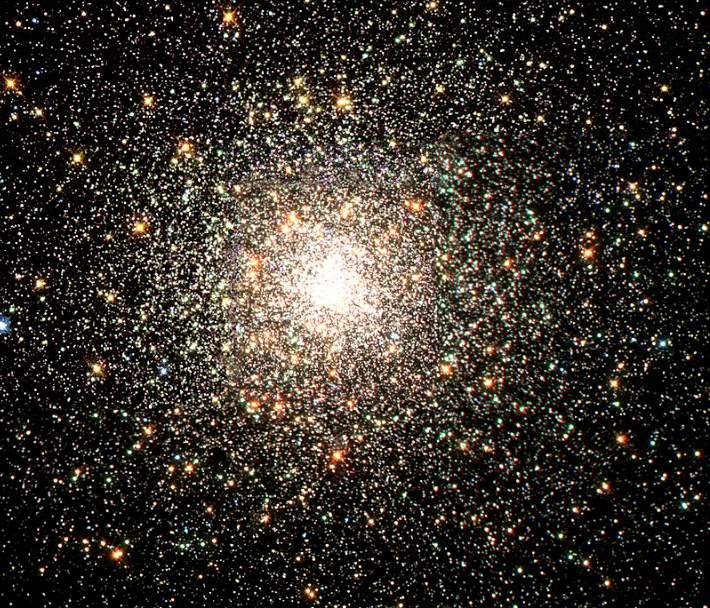
The CNO cycle is even more important in stars heavier than the Sun, where it is the main fusion process. Studying this cycle in the sun can help physicists understand the inner workings of other stars.

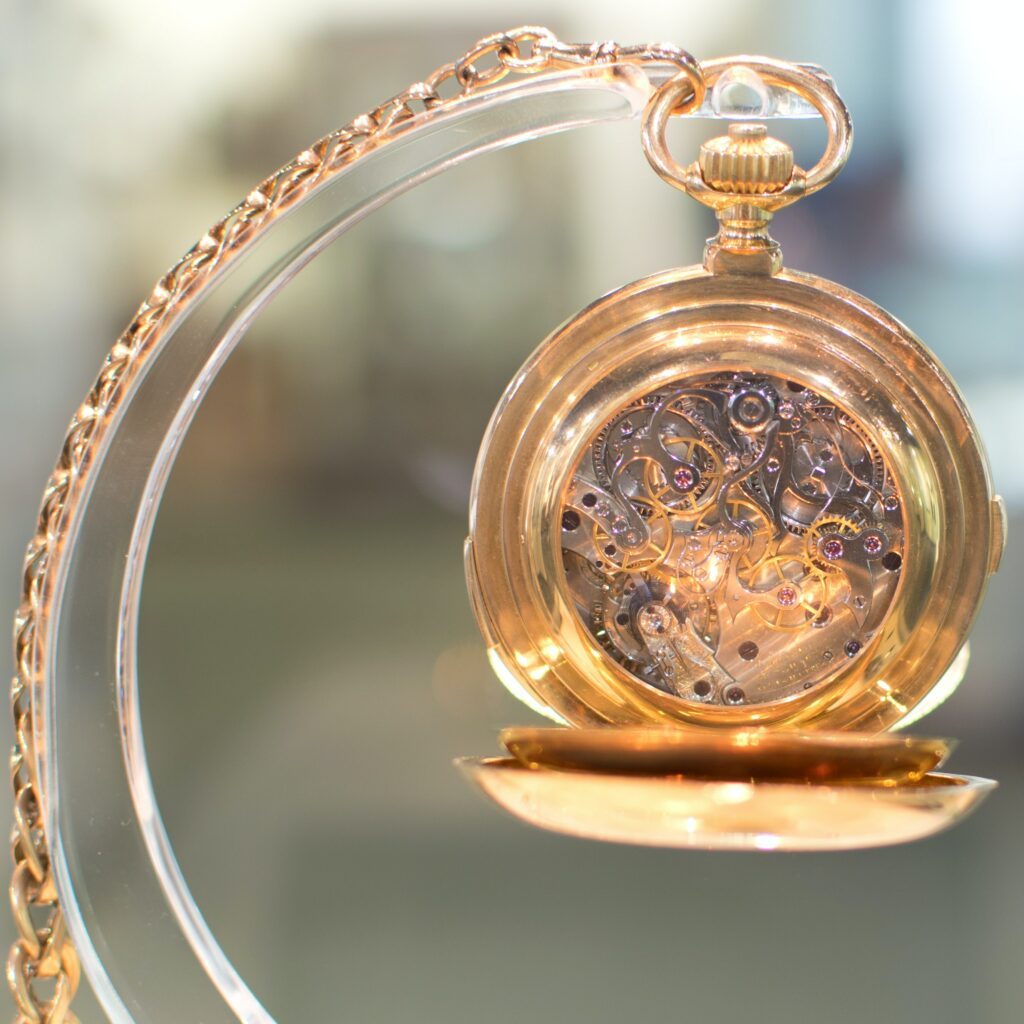
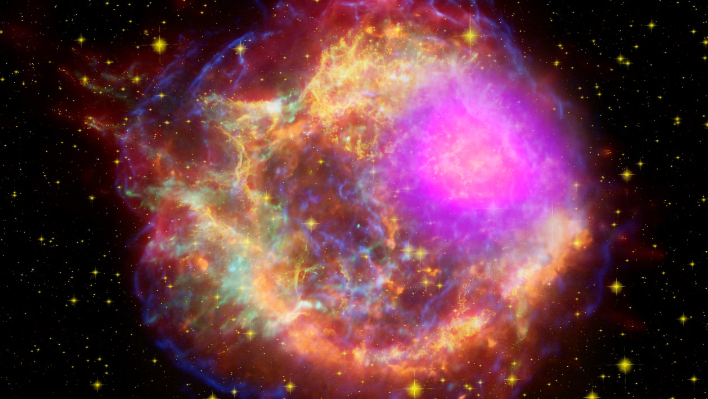
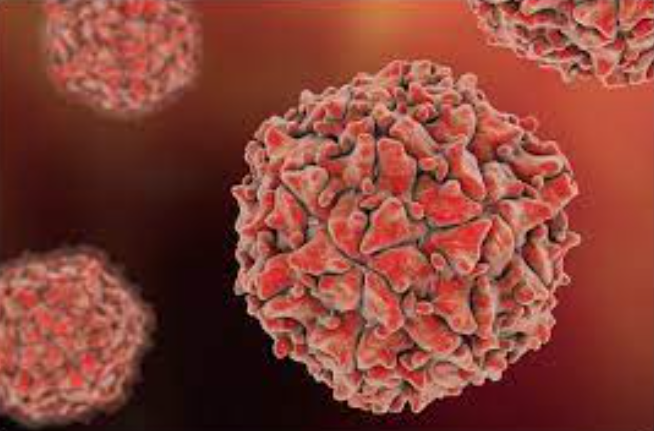
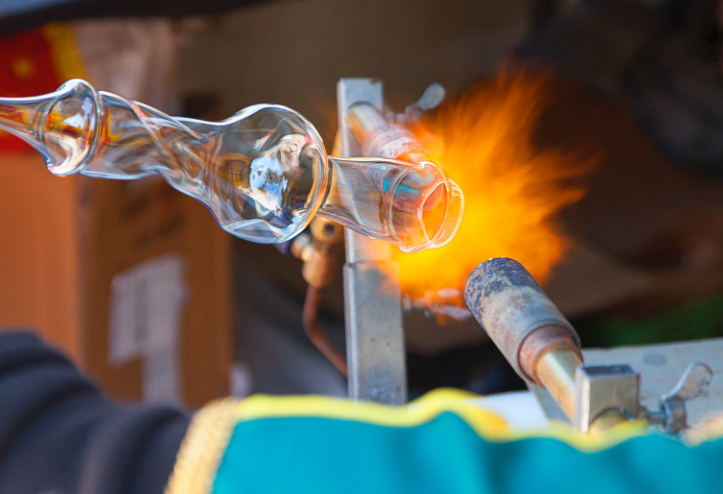
Responses